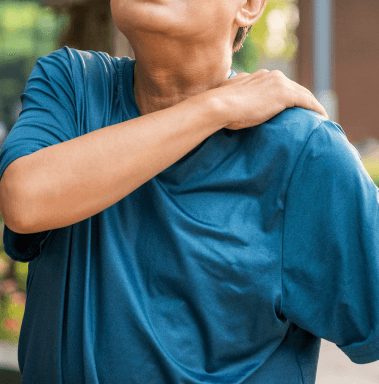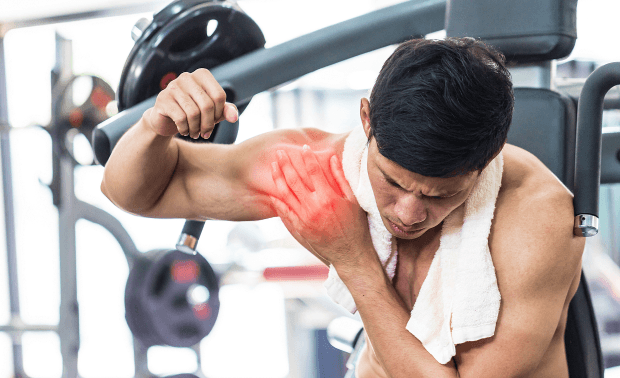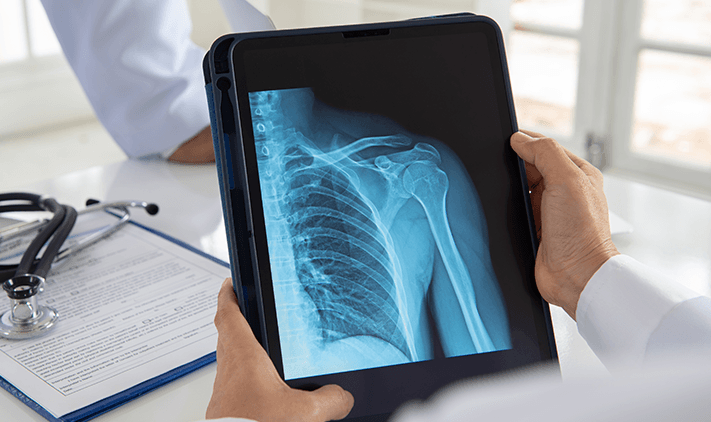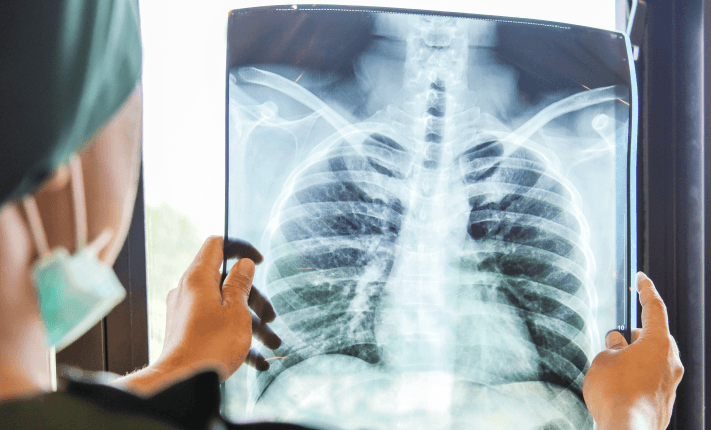What is a Rotator Cuff Tear?
The rotator cuff is a group of four muscles and their tendons that surround the shoulder joint, providing stability and enabling a wide range of arm movements. A rotator cuff tear occurs when one or more of these tendons become damaged or torn, often due to injury or wear and tear. This condition can lead to pain, weakness, and limited range of motion in the shoulder, affecting both daily activities and athletic performance. Rotator cuff tears are common among older adults, but can also occur in younger individuals due to trauma or repetitive stress.












